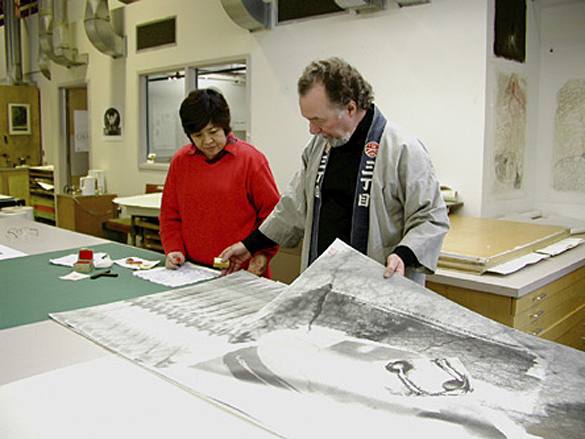Burnaby Art Gallery exhibitions

Wayne Eastcott: Diagram Lambda, serigraph.
City of Burnaby Permanent Art Collection.
The Burnaby Art Gallery features two interesting exhibitions.
1. A Survey of British Columbia Printmaking – November 9, 2004-January 2, 2005
From the invitation (links added by me): “The Burnaby Art Gallery has been collecting, on behalf of the citizens of Burnaby, prints by local, regional and national artists since 1967 that explore many social and political issues. Artists such as Arnold Shives, Carel Moiseiwitsch, Gordon Smith, Wayne Eastcott, Doug Biden and Jack Shadbolt are well represented in the collection and exemplify some of the best work in printmaking that has occurred in British Columbia.”
Read one of my posts about Wayne Eastcott.
2. The British Columbia Landscape by Toni Onley – November 2, 2004-January 2, 2005
The late Toni Onley has left an indelible mark on the history and development of art in Canada. Works for this exhibition focus on pieces from the Permanent Collection that relate to the British Columbia landscape.
Read a post about Toni Onley.
Burnaby Art Gallery, 6344 Deer Lake Avenue, Burnaby, BC Phone: 604.205.7332
Tuesday to Friday 10:00am-4:30pm, Saturday & Sunday 12noon-5:00pm





